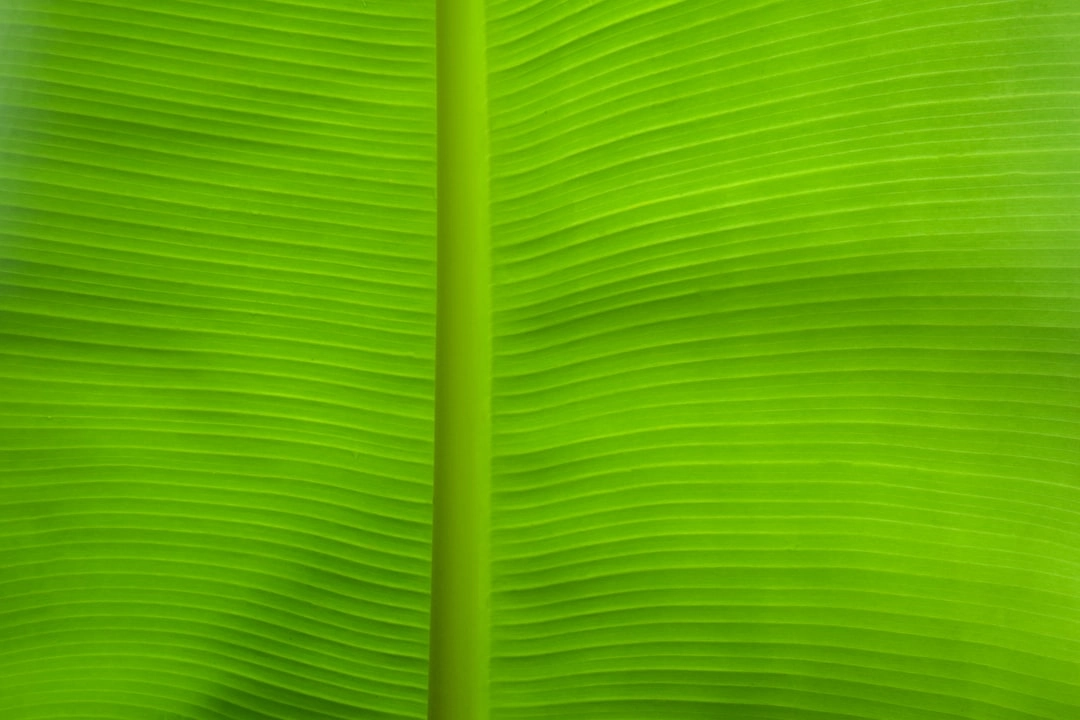
What it is:
A green data center is a facility designed and operated with minimized environmental impact. It incorporates energy-efficient technologies and practices to reduce carbon emissions and decrease energy consumption. Green data centers strive to achieve sustainable operations by optimizing resource utilization, implementing renewable energy sources, and minimizing waste generation.
Real-world Problems:
1. Energy Consumption:
Data centers consume vast amounts of energy to power and cool computer servers. This heavy energy usage contributes to carbon emissions and puts a strain on local power grids. The growth of data centers worldwide intensifies the challenge of meeting rising energy demands while reducing environmental impact.
2. Heat Generation and Waste Heat Management:
Data centers generate a significant amount of heat due to the continuous operation of servers. Efficient cooling systems are required to dissipate this heat effectively. Traditional cooling methods contribute to high energy consumption and potential environmental hazards. Finding sustainable solutions to manage waste heat is crucial for reducing environmental footprint.
3. E-waste and Electronic Disposal:
Data centers rely on advanced technology, including servers, networking equipment, and storage systems. The constant need for upgrades and replacements can lead to large amounts of electronic waste (e-waste). Improper disposal of e-waste poses serious environmental and health risks due to the toxic materials and chemicals present in electronic components.
4. Water Usage:
The cooling processes in data centers often involve extensive water consumption. This can strain local water resources, especially in regions facing water scarcity or drought conditions. Implementing water-efficient technologies and recycling water within data centers are necessary steps towards sustainable water management.
5. Carbon Footprint:
Data centers are significant contributors to carbon emissions, mainly through the consumption of fossil fuel-based electricity. The high energy demands of data centers make it imperative to transition to renewable energy sources, such as solar or wind power. Minimizing the carbon footprint of data centers is crucial to mitigate the environmental impact of the digital infrastructure.

Solutions:
Addressing the environmental challenges associated with data centers requires a multifaceted approach. Here are some key solutions:
1. Energy Efficiency:
Data centers can prioritize energy-efficient technologies like virtualization, hardware consolidation, and advanced cooling systems to reduce energy consumption. Implementing intelligent power management and optimizing server utilization can significantly improve energy efficiency.
2. Renewable Energy Integration:
Transitioning to renewable energy sources, such as solar, wind, or hydroelectric power, can help data centers reduce their carbon footprint. Investing in on-site renewable energy generation and purchasing renewable energy credits can support the shift towards clean and sustainable power.
3. Waste Heat Recovery:
Implementing innovative cooling systems that capture and utilize waste heat can significantly reduce energy consumption. Heat recovery methods like heat pumps or district heating systems can repurpose excess heat generated by data centers for heating buildings or for other industrial processes.
4. Responsible E-waste Management:
Data centers should have proper e-waste management policies in place, including recycling and refurbishing old equipment. Collaborating with certified e-waste recyclers ensures that electronic waste is safely and responsibly disposed of, reducing the environmental impact and the potential hazards associated with improper disposal.
5. Water Conservation:
Data centers can adopt water-efficient cooling technologies like evaporative cooling and closed-loop cooling systems to minimize water consumption. Implementing water recycling and reusing strategies within the facility can further reduce the strain on local water resources.
6. Carbon Offset Initiatives:
Data centers can participate in carbon offset programs or invest in renewable energy projects to offset their carbon emissions. This helps support the development of cleaner energy sources and contributes to the overall reduction of greenhouse gas emissions.
7. Sustainable Design and Construction:
Building new data centers or renovating existing ones with sustainable design principles can significantly enhance energy efficiency. Incorporating natural ventilation, high-efficiency insulation, and energy-efficient lighting can minimize the environmental impact from the outset.
8. Industry Collaboration and Standards:
The data center industry as a whole plays a vital role in addressing environmental issues. Collaboration among data center operators, industry associations, and policymakers is essential to establish and enforce environmental standards and promote sustainable practices.















